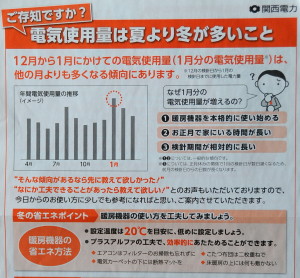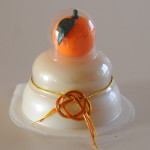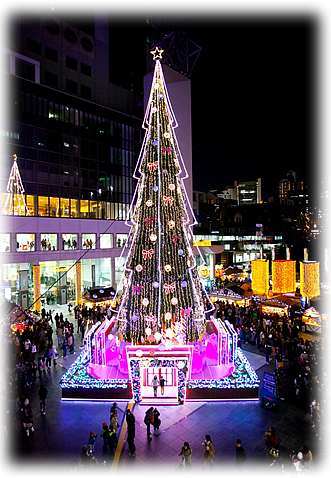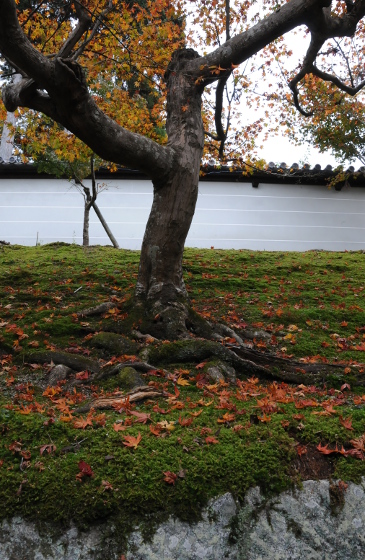Last week I received a large, thick booklet informing me about the pending renovations in our block of apartments that will be carried out this spring. As far as I understand, this concerns only the buildings’ outside: the balconies will be renovated (how exactly, I am not sure), and the whole building will receive a new coat of paint. The booklet describes other types of work, but I am not sure whether they really will replace any of the wires and pipes. I would not mind getting new water pipes though – the old ones are very rusty and would really need to be replaced.
 Anyway, since the work is scheduled from February to June, and from 8:00 until 18:00 on weekdays, I hope it will not be too noisy for too long. Work on my building will start only in Mid March, when the scaffolding will be erected, and I’ll have to remove all personal belongings from the balconies by then.
Anyway, since the work is scheduled from February to June, and from 8:00 until 18:00 on weekdays, I hope it will not be too noisy for too long. Work on my building will start only in Mid March, when the scaffolding will be erected, and I’ll have to remove all personal belongings from the balconies by then.
The whole renovation appears to be planned down to the smallest detail. The document I received has 28 pages in total, and besides a detailed schedule for each of the four buildings in the block, it is also stated for example who is in charge of the work (photo included), what types of clothes and badges the workers will wear, which parking lots cannot be used in that time, and which type of further information will be sent in leaflets of which colour. Since the building will be painted, there will also be days when we are not allowed to hang out laundry to dry, and these days will be announced one day in advance, at 3 pm.
And if there are still questions unaddressed, there is a meeting this Saturday to clarify all the details. Since the meeting will be in Japanese, it is probably a bit pointless for me to show up, but still, I am deeply impressed about the care that is being taken here! We’ll see how impressed I will remain once the work has started. I am sure you will hear about this more often in the future.











